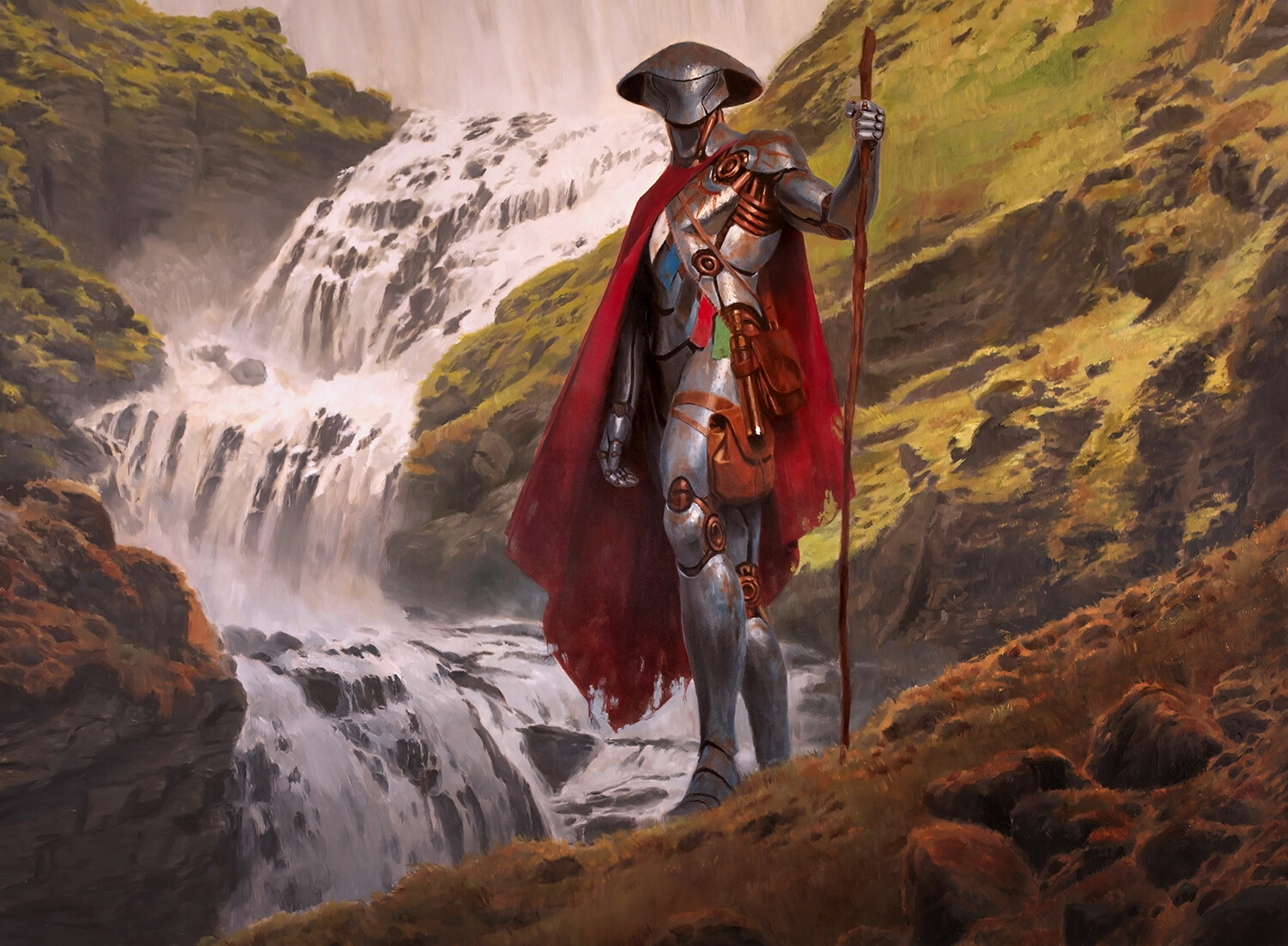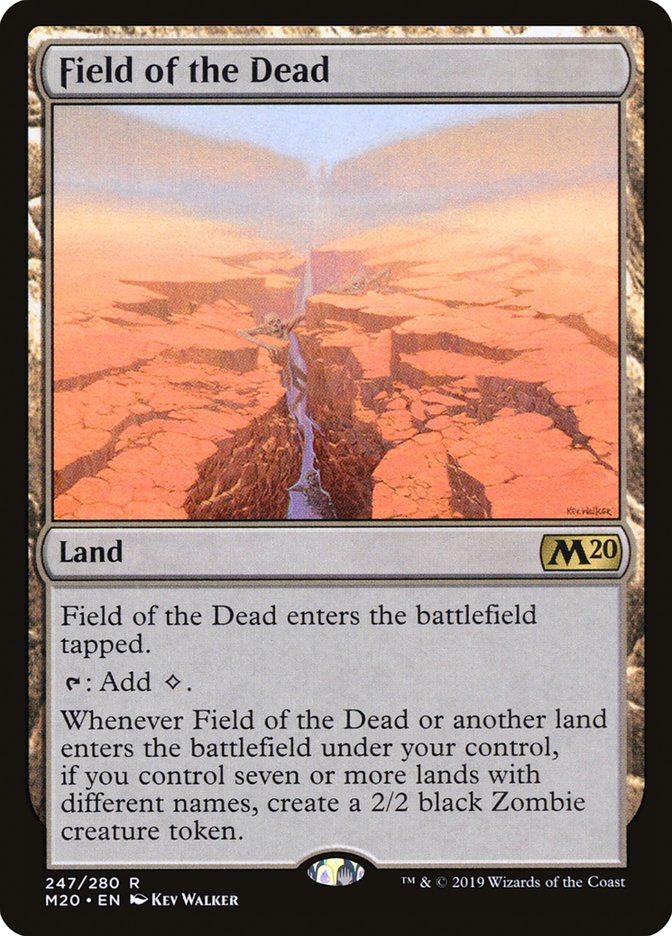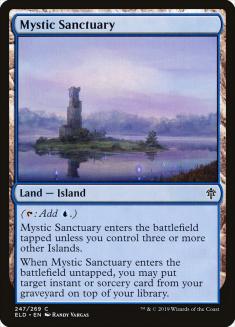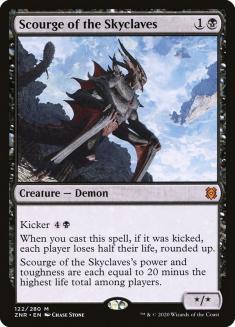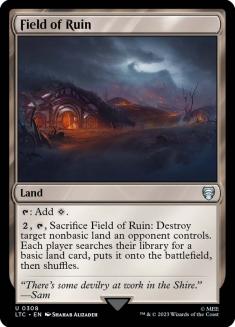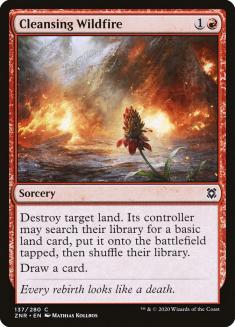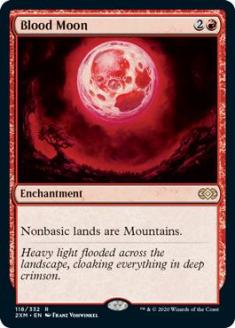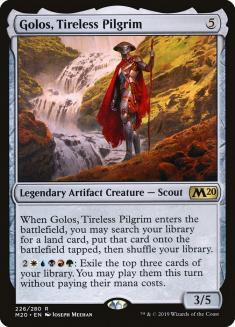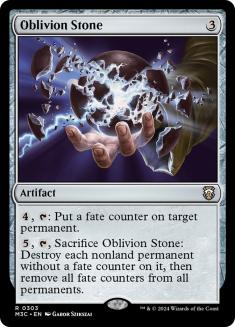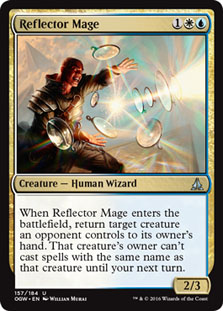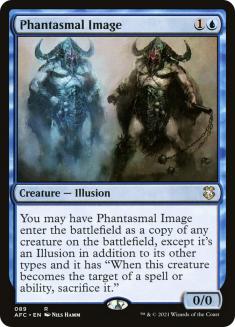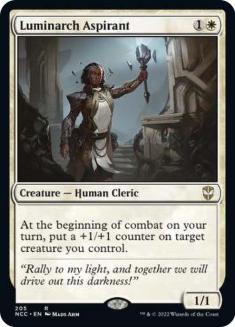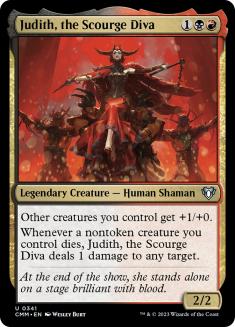Modern has changed a ton in the last eighteen months. It started with Modern Horizons, an entire set devoted to injecting the format with a bunch of cards that are obviously too powerful to be printed normally and thus not allowed to exist in Standard. It took awhile to realize how deep the impact of that set was because Hogaak, Arisen Necropolis overshadowed nearly everything else, but many cards have made a huge impact, most importantly Lava Dart and Force of Negation.
And since then, it seems like every set has brought a handful of cards that reshaped the metagame, from Field of the Dead and Mystic Sanctuary to Uro, Titan of Nature’s Wrath and Scourge of the Skyclaves. The end result is that Modern has a much higher power level than it did at the beginning of 2018.
Honestly, it doesn’t feel that much less powerful than Legacy back when I first started playing the format regularly in 2012, despite there being Force of Will, Daze, and Brainstorm. A lot of these recent cards have found their way into Legacy as well.
So for those of us who have played Modern since its inception, these changes mean we have to adjust the way we approach the format. A lot of the knowledge we’ve built up over those years simply doesn’t apply anymore, and a lot of the decks that we’re used to seeing simply aren’t viable anymore. At least, they aren’t viable in their current forms.
In situations of great upheaval like this one, there’s an opportunity to catch the metagame by surprise by retooling an old archetype, rethinking it from the ground up in the context of the new changes. If you’re successful in redesigning the deck, you’ll have a proven, powerful strategy that few players are expecting, which historically has been a recipe for success in Modern.
Unsurprisingly, some other players have had a similar idea, and I’m already seeing some success with older archetypes being re-tooled. Two lists from last weekend’s Challenges stood out to me, starting with a deck I’m sure many would like to stay out of the format forever.
Scouting New Avenues with Tron
Creatures (8)
Planeswalkers (11)
Lands (19)
Spells (22)

For years, Mono-Green Tron was the deck everyone loved to hate in Modern. In a format where people were dying on Turn 2 to Goryo’s Vengeance or Glistener Elf, somehow Turn 3 Karn Liberated drew the most vitriol from the community.
There’s probably a sociological study to be done about why exactly that was the case, but that’s above my pay grade. I’m here to win games of Magic and help you do the same, and once upon a time, in the not-so-distant past, Mono-Green Tron was quite good at doing just that. Ancient Stirrings was even on the shortlist for a potential ban.
So what went wrong? The problem is two-fold. First, decks got a lot better at keeping you off the Urzatron. Field of Ruin sees plenty of play, even in three-color decks; Cleansing Wildfire is a common sideboard card; and several decks play Blood Moon in their starting 60. The cherry on top is there’s more Death and Taxes around than ever before since the printing of Skyclave Apparition.
The silver lining here is that none of these cards actually cut you off lands like Fulminator Mage used to. So a card like Golos, Tireless Pilgrim, which costs five mana, is easily castable in games where your normal gameplan is being disrupted, allowing you to tutor for the missing Tron piece. The 3/5 body can play defense against aggressive decks while you rebuild or pressure an opposing planeswalker so your control opponent doesn’t get too far ahead before they’re forced to hold up mana every turn to answer your powerful threats.
The second problem that has befallen Mono-Green Tron requires us to examine the common misconception about Tron, namely, that it’s a non-interactive deck. In reality, you play a lot of long, interactive games with the deck, eventually winning the long game not only with your powerful cards, but also with your surprisingly low effective land count. With a small toolbox of nonbasic lands, your late-game Expedition Maps and Sylvan Scryings turn into usable spells, leaving you with very few bricks.
The latter aspect of the deck hasn’t changed, but as the format has grown more powerful, it’s harder for Mono-Green Tron to dictate how the game is played. Aggressive decks can play through Karn Liberated and Oblivion Stone more easily because they’re more resilient, and blue decks can tap out early for a planeswalker, use Force of Negation to answer your reply, and then ride the card advantage to an easy win.
This is the bigger problem, since it requires fundamentally restructuring the deck. The previous gameplan doesn’t compete at the level it once did, so you need to find a new one. And when your cards aren’t competing on a one-for-one basis, you need to be the aggressor. Golos helps with that, not only by helping you assemble Tron through disruption, but also by offering a powerful outlet for the mana once assembled.
The singleton Cascading Cataracts turns seven colorless mana into exactly the mana needed to activate Golos, which is convenient to say the least. With so many high-value hits, it shouldn’t take many activations to take over a game, even in the face of Field of the Dead and Uro, Titan of Nature’s Wrath.
Notably, to find room for this new package, Oblivion Stone has been relegated to a singleton in the sideboard as a target for Karn, the Great Creator. On the surface it doesn’t look like a huge change, but it makes the deck fundamentally less interactive and more like a traditional ramp deck. You still have Karn Liberated; various silver bullets for Karn, the Great Creator; and Ugin, the Spirit Dragon to interact, but you’re more focused on going way over the top of your opponent, which is how the deck was successful in the first place. It’s just that now you have to make some sacrifices to be able to do so because the rest of the metagame is more powerful.
All of those cards are able to dominate a game, while Oblivion Stone is a purely interactive card. It’s important in matchups where your opponent is playing hard to the battlefield, but those matchups aren’t as common now, and Karn, the Great Creator finding Ensnaring Bridge or another bullet can fill in appropriately.
The loss of Oblivion Stone also means you’re much worse at interacting on your opponent’s turn, so it’s no surprise to see the entire non-Karn part of the sideboard devoted to instant-speed interaction. Spatial Contortion and Wilt are the best options against Selesnya Company and Orzhov Equipment, which are the most common matchups where you need to interact early, but those slots will always be flexible as the metagame evolves.
The process here in refining Mono-Green Tron started with recognizing that the deck needed to become more powerful. There was a time when Karn Liberated on Turn 3 would dominate any game. That’s no longer the case. Now it’s sometimes good enough on the play and oftentimes merely a speed bump on the draw. The interactive gameplan was enough of a backup plan to keep the deck viable for years, but once that was no longer the case, there wasn’t anything else to rely on.
Golos ramping you to Tron or letting you cast multiple heavy hitters in one turn is the kind of over-the-top effect that this deck has been lacking once the format caught up to its tricks. You won’t be as controlling, but in a world of Uros and Primeval Titans, the power is more important.
Going Aggro with Humans
The second list I’ll look at today is an update to a more recent Modern staple: Humans.
Creatures (37)
- 4 Meddling Mage
- 4 Noble Hierarch
- 4 Champion of the Parish
- 4 Thalia, Guardian of Thraben
- 4 Mantis Rider
- 4 Thalia's Lieutenant
- 4 Kitesail Freebooter
- 3 Judith, the Scourge Diva
- 2 General Kudro of Drannith
- 4 Luminarch Aspirant
Lands (19)
Spells (4)

Like Mono-Green Tron, Humans hasn’t received much in the way of upgrades from recent sets, and that has left it relegated to the fringes of the metagame. In addition to not getting better, its gameplan of being a disruptive aggro strategy gets significantly worse as the format gets more powerful. Curves get lower, interaction gets more efficient, and it’s harder to go underneath everyone and end the game before their more powerful end-games come online.
You may point to Delver decks in Legacy as an example of a disruptive aggro deck in a more powerful format, but as Legacy has grown in power level alongside Modern, Delver decks have grown less aggressive and more like midrange strategies that use Delver of Secrets to pressure combo decks. They also get to utilize the most powerful disruptive elements in the format in Force of Will, Force of Negation, Daze, and Wasteland.
Humans doesn’t have the luxury of becoming more controlling, because the nature of being a tribal deck is to play a lot of creatures and attack. So instead, lets embrace the aggressive side of the deck and lean further into it. That’s what this list does, by eschewing Reflector Mage and Phantasmal Image in favor of Luminarch Aspirant and Judith, the Scourge Diva.
Reflector Mage and Phantasmal Image are former locks of the archetype, but both have grown steadily worse in recent years. Reflector Mage seems good against Uro, but the lifegain and extra land drops it provides often buy more than enough time against a Riot Devils. And beyond Uro, there aren’t a lot of juicy targets for it around, like Gurmag Angler or Tarmogoyf.
Phantasmal Image is largely a victim of Lava Dart’s and Wrenn and Six’s ubiquity, but it’s also grown weaker since its best attribute was being a great draw in the late-game. As your ability to squeak out those long games diminished, so did its standing in the deck.
Luminarch Aspirant and Judith give the deck more aggression, and let your remaining disruptive creatures brawl with bigger threats. I particularly like Luminarch Aspirant with Kitesail Freebooter, since stacking counters on the flyer lets you break through stalled battlefields and protects the card exiled by it from damage-based removal.
With this more aggressive bent, I’d even look to cut Meddling Mage, which gets worse now that Reflector Mage is gone. I’d look to Unsettled Mariner to hold off opposing removal and ensure your creatures get into the red zone as often as possible.
The Common Thread
For both of these decks, it’s important to realize that the problems that pushed them out of the top tiers of the Modern metagame are systemic. It’s not just one or two problematic cards or matchups that you have to retool to beat, though there were issues of this kind for the decks as well. It’s that your win rate dropped across the board because the metagame grew more powerful while these decks were stagnant.
In any format, but Modern in particular, stagnation is a death sentence. Standard gets a huge influx of cards every three months, while Modern typically only gets a trickle. Because of that, the metagame changes more slowly, so you often don’t notice as your deck slowly falls behind the pack. But eventually, it’ll catch up with you and your deck will no longer be able to compete, seemingly out of nowhere.
And when you find yourself in this situation, it’s important to not blame it on local factors, like specific cards or matchups that have proven problematic. Because when your deck is behind the metagame on a fundamental level, small changes aren’t going to solve the problem. You need to rethink the deck from the ground up and question everything you know about it.
From there, you can either find a way to get back to what used to make the deck successful, which is what Golos Tron is doing, or move in a different direction, like the above Humans list. That doesn’t mean you necessarily have to change the deck by twenty cards. On paper, these lists aren’t that far from stock, but they demonstrate a fundamental shift for each archetype. And that’s what I find intriguing about them. And I wouldn’t play either deck without making these or similar changes to the current lists, because what worked in 2017 doesn’t work in 2021.

